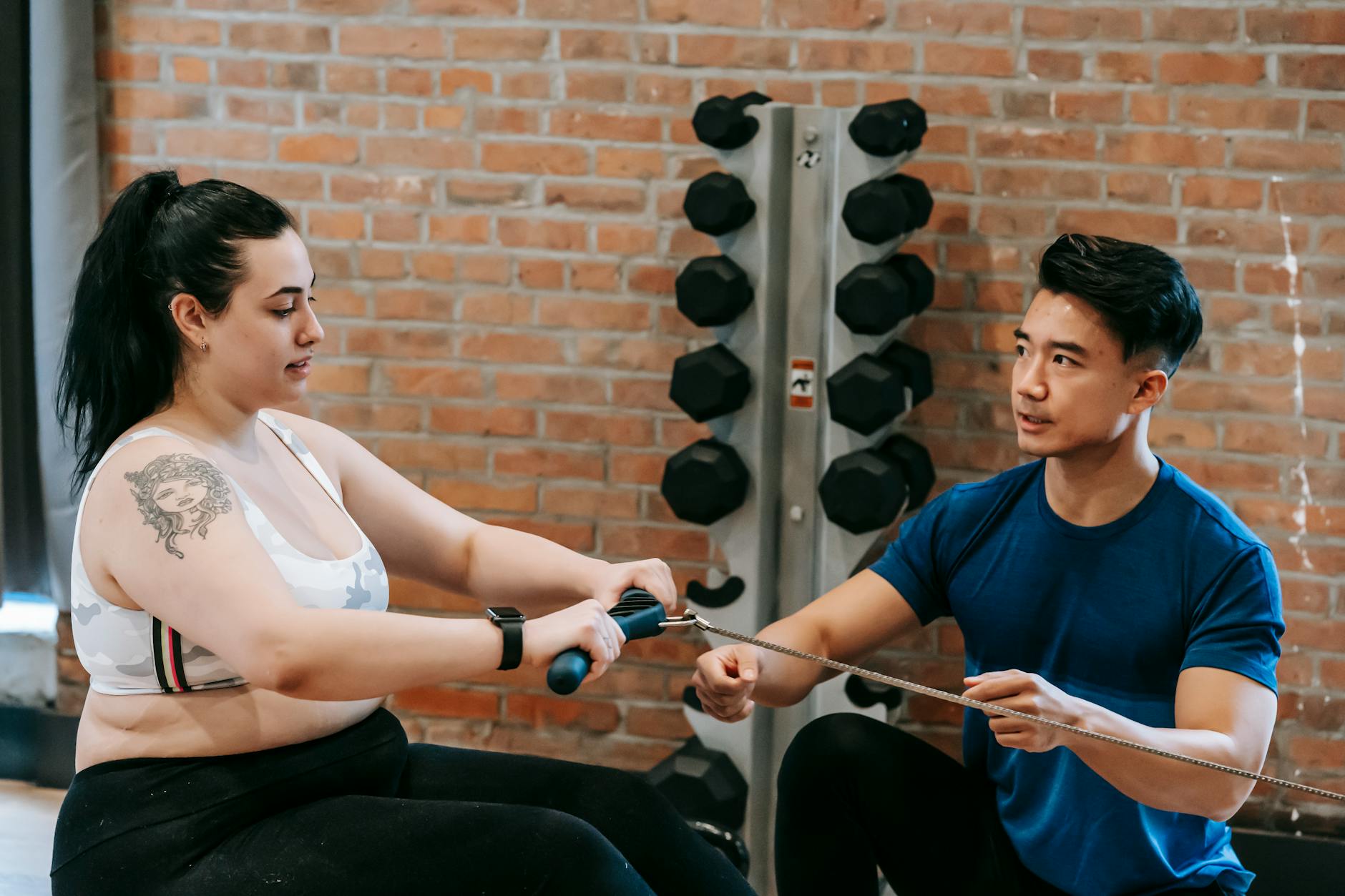Here are six exercises that are low-impact yet high-impact for diabetics. If you’re one of the many people who associate exercise with running, creating a diabetes-friendly exercise plan can be difficult.
With diabetes, the correct fitness routine can help you live your best life. According to Harvard Health Publishing, it can manage blood sugar levels, enhance insulin sensitivity, and even lower the risk of long-term diabetes consequences such as cardiovascular disease.
Which Type of Exercise Is Best for Diabetics?
According to James Borchers, MD, clinical professor of family medicine at Ohio State University, the greatest exercise for a diabetic is low-impact. “It’s crucial for people with diabetes to get the benefits of exercise. However, they need to prevent any injury and trauma that can occur with high-impact exercises like jumping or running.”
According to one scientific analysis, peripheral neuropathy — nerve loss in the extremities that can raise the risk of foot accidents and infections — develops in at least half of persons with type 2 diabetes within 10 years. According to the same review, peripheral neuropathy affects 10 to 15% of patients newly diagnosed with type 2 diabetes, emphasizing the importance of preventative interventions.
Meanwhile, older persons with diabetes have a slew of additional challenges, including cranky knees, sensitive hips, osteoporosis, and arthritis, to mention a few. “We really want to make sure that high-impact activities don’t aggravate already compromised tissues and structures,” according to Margaret Eckert-Norton, PhD, RN, an adjunct faculty member at St. Joseph’s College in New York.
1. Walking is a low-impact exercise that is ideal for diabetics.
Despite its appearance, walking has a lower impact than running, according to a study. This is due to the fact that when walking, one foot is always on the ground, as opposed to running and jogging, which involve “flight time,” according to Dr. Borchers. And, more than likely, you are already walking.

Increase your step count gradually over time by parking farther away from the store door, doing some walking treadmill workouts, pacing while on the phone, and going for brief post-meal walks. Walking after eating causes blood sugar levels to rise and fall more gradually, according to a study published in 2022. You can even stroll in place if you’re at home: Put on a show you like and get those feet moving.
2. Yoga and Tai Chi Can Help You Gain Flexibility
According to Eckert-Norton, yoga consists of moderate, meditative techniques that use your body weight to strengthen a wide range of muscles while improving mobility, flexibility, and — crucial for older persons and those with neuropathy — balance and stability.
Try taking an introductory yoga session for beginners and discussing diabetes and any other health or joint concerns with the instructor. They will be able to provide you with specific advice and help you discover the right flow for your body this way.
You can also look for gentle yoga sessions on YouTube, where offers free yoga classes for all levels. Many yoga streaming services and apps, such as Down Dog, also provide programs for people of diverse fitness levels and goals.
3. Indoor cycling is an excellent exercise for anyone who is prone to falling.
Pedaling away on a stationary bicycle can enhance strength and lean muscle mass across the lower body and improve cardiovascular health without putting one’s feet at risk, according to Borchers.
Apps like iFit, CardioCast, and Peloton provide instructor-led, music-heavy riding classes to get you started. Consider taking an indoor spinning class as well. Many online and in-person sessions alternate intervals of strong aerobic work with periods of relaxation, allowing you to reap more benefits in less time. However, before enrolling in any indoor cycling class, consult with your doctor to ensure that your heart is in good enough shape for high-intensity exercise.
4. Pool workouts are ideal for joint health due to their low impact.
Take a swim if you have access to one. Swimming and water aerobics are the ultimate “gentle” exercise since they are not only zero-impact but also non-weight-bearing, removing the effects of gravity on your joints, according to Borchers. Researchers looked at middle-aged and older persons with osteoarthritis in one trial and discovered that pool workouts considerably reduced joint pain and stiffness while increasing muscle strength and functionality. Pool workouts, because of their gentle nature, might be a fantastic alternative for anyone with diabetes who is treating neuropathy, according to NYU Langone Health.
5. Low-impact cardio options include the elliptical, stair climber, and rower.
According to Harvard’s School of Public Health, everyone should engage in at least 30 minutes of low- to moderate-intensity aerobic exercise five times each week. Ellipticals, stair climbers, and rowers are all excellent low-impact cardio machines.

Ellipticals and stair climbers are best for people who don’t mind putting all of their weight on one foot at a time, while rowers work both the lower and upper body at the same time, according to Borchers.
You already have a superb stair-climber if you reside in a house or apartment building with steps. Stairs should be walked up and down. (When working out on the stairs, always use shoes with high traction and, if necessary, hold on to the railing.)
6. Weight-Carrying Exercises that increase strength can help with blood sugar control.
According to the National Institute of Arthritis and Musculoskeletal, standing (or weight-bearing) strength training routines reinforce your bones to help avoid diabetes-related joint and bone disorders while increasing lean muscle mass and strength. “When you have more lean body mass, you will have better control over your blood sugar level,” explains Eckert-Norton. Furthermore, a 2022 study found that strength training directly combats several of the metabolic abnormalities that occur in type 2 diabetic muscles.
To Conclude
Borchers recommends taking the time to develop good form while starting a strength exercise. Look into scheduling a few sessions with a qualified trainer near you who has expertise in dealing with persons with diabetes if you don’t know the technique (or even if you believe you do!). You can even try personal training at home with free applications like Trainiac (available on the App Store), which connect you with a personal trainer at your fingertips.
Squats, glute bridges, and push ups are effective bodyweight workouts that can be done at home with no equipment.
